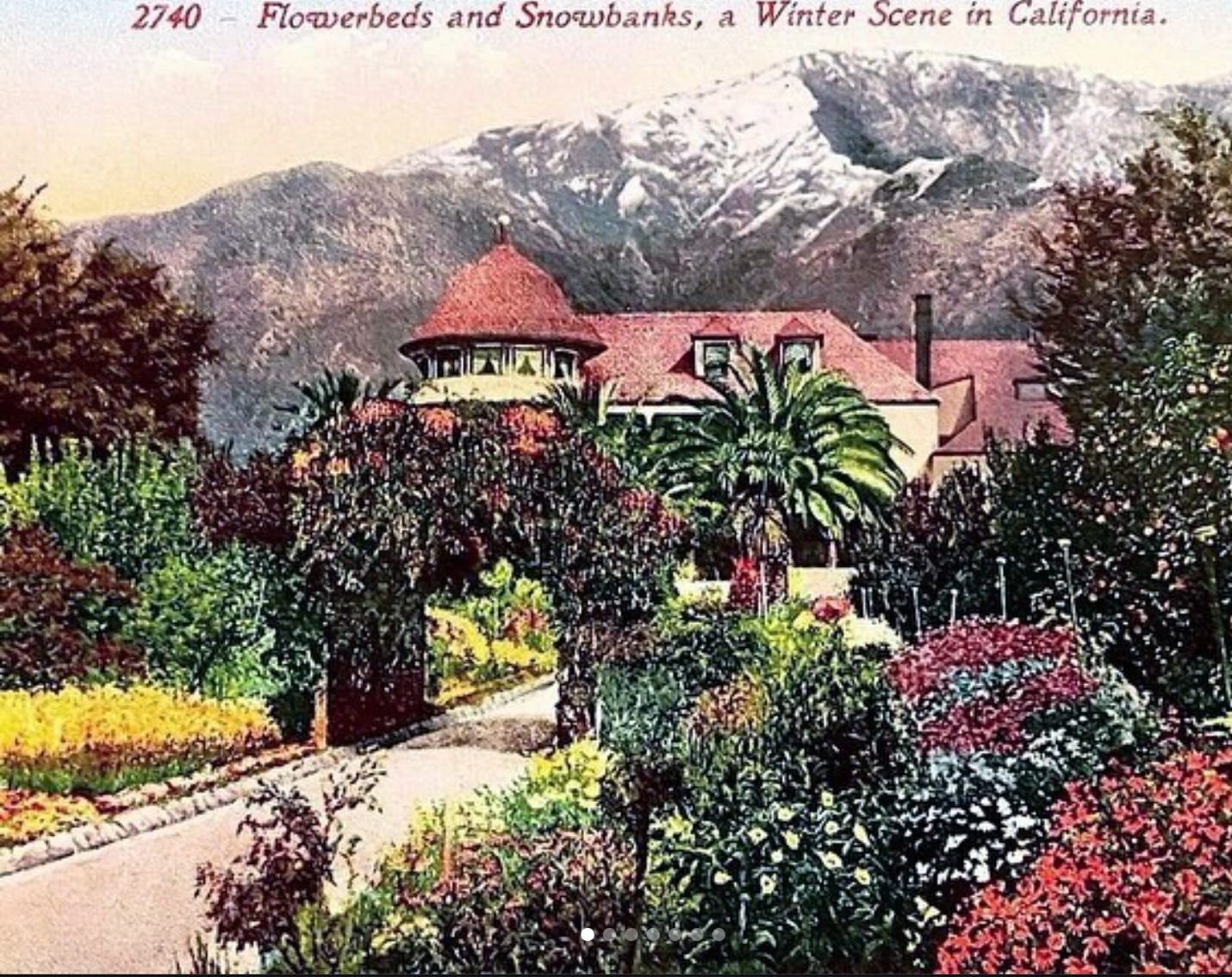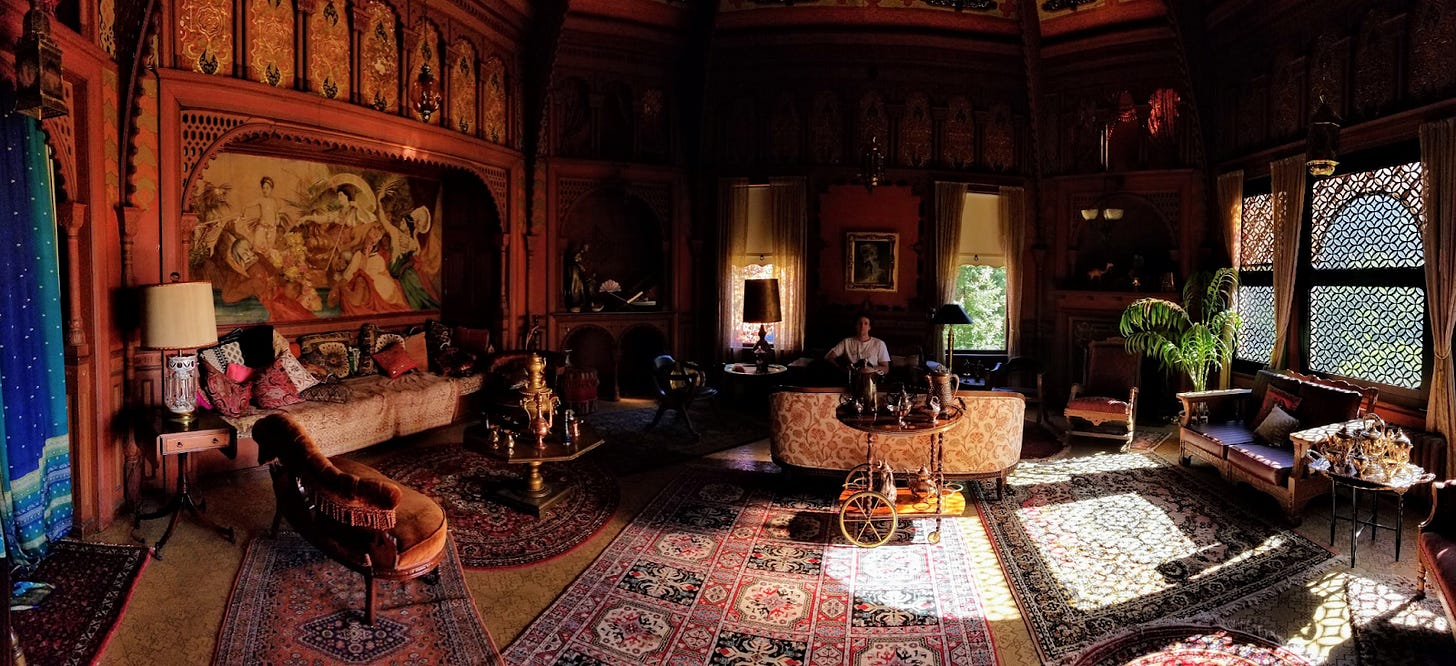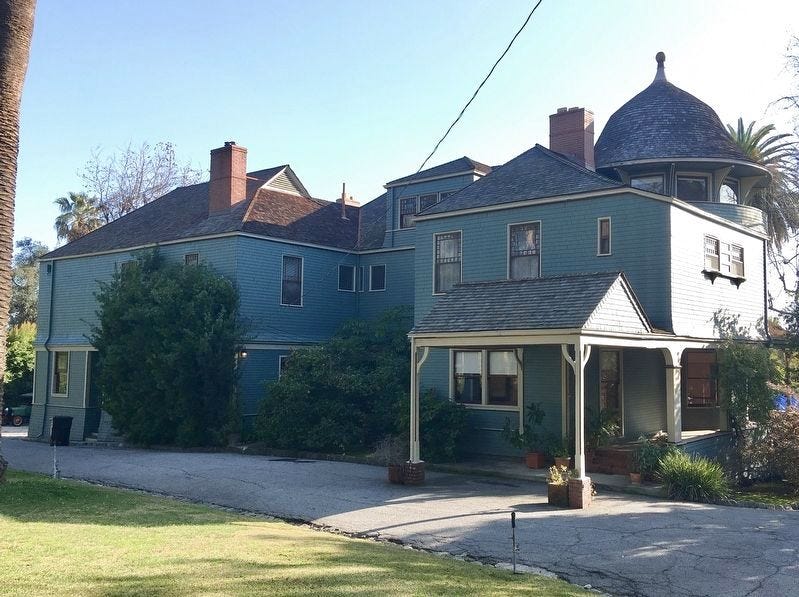My absolute favorite part of this newsletter is the part I usually do not write myself: my Favorite People’s Favorite Things.
I love how everyone interprets the prompt differently and reinvents the form in their own unique way. Today I am sharing my lovely friend Simone’s answer to the prompt. She came into my life through my husband, Collin. She was one of Collin’s friends that eventually became one of my own.
Because she’s an icon, she sent me two lists: her Original Flavor Favorite Things (which will be published at another time) and an emo version. I am so glad I created a space where the following story can be told.
Please enjoy Simone’s Favorite Thing in her own words below.
When Alberto hinted that I might be a future favorite person close to a year ago, I frantically started a notes app repository for my various material appreciations and obsessions, then started drafting my feature in December. With Christmas-list-making and gift shopping and white elephants galore, stuff was on my mind. I love stuff. And I don’t want to wax poetic or get holier than thou (because let’s be honest -- my proverbial soap box is Le Labo). But I do have something kind of serious to say, because I’m having a lot of feelings.
When so much of Altadena was leveled by the Eaton fire on January 8, I thought of that first Favorite Things draft – a Google drive full of enough Amazon links and consumerist buzz words to start a career in influencing. I valued (and value, present tense) my initial stab at the prompt as an exercise in gratitude. But perspective is a bitch, and she tainted it a little. Upon revisiting, I felt that achey, cloying, too-many-sweets feeling creeping into my gut.
Two of my uncles lost their homes that day. Their childhood home, which had been a gathering place for my family for over 60 years, burned as well. Though I myself had lost nothing tangible to the fires, I bounced around the five stages of grief like a pinball. As I draft this at hour 36 or so, my ball is swaying in the rut labeled “anger,” but that’s a writing exercise for another time. Today, I want to memorialize one of my favorite things in this universe: My grandparent’s house.
Disclaimer: This loss is no more important or devastating than any other incurred during this tragedy. In fact, my family will probably be able to rebuild in Altadena. Many cannot say the same. This is not a pity party; this is a celebration of what I had and a chronicle of a historic and meaningful (to me) building. Everyone is safe. Buildings are just buildings and stuff is just stuff. I hope that we can see all this as true as well as the following: Those buildings, that stuff represents people’s lives and everything they worked for. These are icons of a community. They hold memories, culture, history. Everyone is living just as complex and unique a life as everyone else. Those of us fortunate enough to collect places and things throughout that life know they serve as incredible influences, mile markers, and self-expressions.
With that, let’s talk about the Andrew McNally house, previously at 654 E. Mariposa Ave, Altadena, California.
In 1887, Andrew McNally, an Irish immigrant turned Chicago mapmaking tycoon who had recently made his fortune in publishing (Rand McNally company, anyone?) moved his family out west to California. Here, he commissioned Pasadena architect Frederick Roehrig to erect a beautiful Queen Anne style mansion to the tune of $15,000 (a little under $500k in today’s money).
Being more or less the first home in the area, the structure was easily designed to take advantage of the surrounding views of the Los Angeles Basin, the Pacific Ocean, Santa Catalina Island, and the San Gabriel Mountains. The property was huge with opulent landscaping. A row of deodar cedars eventually became Christmas Tree Lane, a beloved Altadena tradition which luckily made it (mostly) through the fires. An aviary was erected just behind the house and filled with exotic plants and birds.
McNally continued to add to the home as his fortune and eccentricism grew. After seeing a Turkish design exhibition at the 1893 Chicago World’s Fair, he had the whole damn thing shipped piecemeal to California to be attached to the east end of the house. This room, not so creatively named the Turkish room, boasted silk-lined ceilings and ornate furnishings. It was the jewel of an already exquisite estate.
In 1904, McNally died of pneumonia, and the property fell into a state of neglect before it was subdivided.
Between then and 1955, the history of this house is unclear to me. What I do know is that Altadena became a hotspot for ranchers and other business magnates from the Midwest, and in the ’50s, the nuclear family and housing boomed there like anywhere else. Being originally settled as a suburb of the affluent Pasadena (of JPL, Scientology, and Rose Parade fame), it was largely white. However, when the civil rights movement hit near mid-century, Altadena became a haven for black and latino families fleeing redlining. As more moved in, more space freed up from the “white flight.” As my dad and his four siblings tell it, Altadena was mostly made up of large, working-class families of many backgrounds when he was growing up in the ’60s and ’70s.
My story picks back up in 1955 when a young couple is looking to raise a growing family in Altadena. This couple, my grandparents, decided that a house in disrepair and headed for demolition was just their speed. Grampy (Frank, my grandfather), a Mr. Tire employee and avid tinkerer, could fix up just about anything and was a collector of curios. Honey (Jo, Johanna, my grandmother), an artistically inclined elementary school teacher, was an elegant navigator of chaos with a heap of spunk.
Honey’s protective nature and energy were never so apparent as in The Tale of the Attic Fire. The fire department was called and arrived on the scene, at which point they showed little motivation to protect the house they, like much of the neighborhood, had assumed was abandoned. They didn’t know how to get up to the attic and were taking their sweet time figuring it out. As the tale goes, Honey singlehandedly dragged the firehose up the three flights of stairs with that adrenaline-fueled supermom strength you hear about. When the firefighters saw her dedication, they hopped to. Almost ironic the way the house ended up going all these years later.
The house was a lifelong project for the Dupuys and held marks from the whole family. My own father painted groovy visuals on the attic ceiling in his youth, and the house always had a few framed pieces by him or my grandma hanging somewhere. The boys converted a back room into “the train room,” complete with model trains courtesy of Grampy, scaled-down papier mache mountains and tunnels, and hand-painted scenic backdrops on the walls. Bubbly indents in the Turkish room windows were reminders of neighborhood BB gun battles gone by. Honey’s green thumb, especially with orchids, always brightened up the aviary (the bird cage, as we called it), even in its somewhat dilapidated state. Oil blotches from the antique cars someone was always tinkering with marked the driveway, just beside a cousin’s tiny handprints in the concrete step. People knew the house from hosting Christmas parties, multi-family yard sales, Honey and Grampy’s 50th wedding anniversary bash, New Year’s Day feasts and naps, the list goes on. Not only were five kids raised there, but two grandkids later lived there as well, and an uncle ran his business out of the servant’s quarters (I know, what is this, Downton Abbey?) for years. The house rarely had fewer than three or four people in it, and often had up to 20 or 30.
Over all this time, the house got plenty of wear, but it was also meticulously protected and restored. Grampy scoured flea markets and yard sales for period-appropriate doorknobs and hinges. Honey covered the douglas fir flooring with green carpet for years. Not a great design choice, but it did keep it in mint condition (ba-dum-tss!). By the time my grandparents had passed, all 24 gas lamps and ornate steam radiators were in working order. Back in 2007, Honey had the home added to the Historical Register, meaning it could not be demolished or changed to some Millennial gray nightmare.
Since the home was so iconic and unique and also conveniently situated near-ish to film studios, Honey and Grampy were able to make some money in retirement by renting out parts of the home as sets. Some notable appearances:
Elizabethtown -- very brief cameo, but, yes, Orlando Bloom stood where I stood
Ghost Whisperer -- an episode in which the souls of a family who died of CO poisoning inhabit a dollhouse replica of the scene of the tragedy. All the radiators had to be covered for obvious reasons.
The Good Place -- Remember that green carpet I mentioned? Jameela Jamil’s character even comments on its atrociousness.
Our Flag Means Death -- Stede’s house (love Taika Waititi and Rhys Darby)
Drunk History -- The first ladies episode used my grandparent’s bedroom in the rotunda as the Oval Office, among other things
A Dos Equis “The Most Interesting Man in the World” commercial
Hacks -- The most recent, and last, thing shot there, featuring the Turkish room

And then, before selling the home in 2021, the family got on a restoration show. The kitchen and laundry room, which had been updated with utilitarian linoleum floors and wallpaper, were completely redone to reflect the rest of the house’s 19th century charm.
When I heard my mom crying on the phone, I knew the house was gone before she said it. I walked through it in my mind. I spent so many nights falling asleep to the sound of Mariposa street that my subconscious knows the bus schedule. I know every crack in the back walkway (I learned it the hard way while learning to longboard). I know the best spots for hide and seek. I can smell my uncle’s office above the kitchen, its clean carpet and warm whirring machines. I can hear the ocean in the shells on the windowsill in the laundry room. My mouth puckers at the memory of a sun-warmed kumquat from the tree out back. I can feel the static dancing up my hair as I turn in my socks on the first stairway landing, right next to the squeakiest dowel in the banister.
The house wasn’t ours anymore. I hadn’t been there in a few years. I just kind of thought it would always be there. The new owners were taking beautiful care of the place and had plans to open it to the public eventually. I would have traded everything in my own childhood home to keep it. All of these things, all these memories and so many more, are my favorite things.















Alberto, kindly express my deepest sympathy and thanks to Simone. That was a beautifully written love letter to her family and their collective memories of her grandparents’ home.
Touching story. Thank you for sharing it’s history along with your memories. I love that you shared this Alberto.